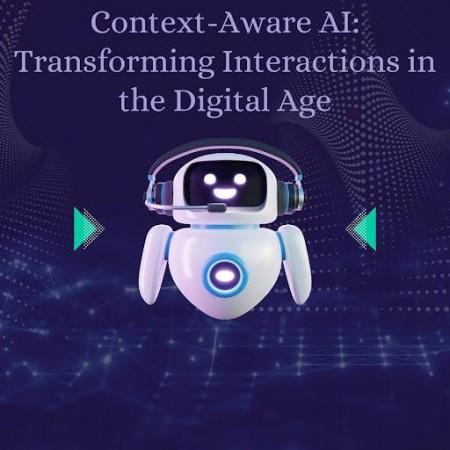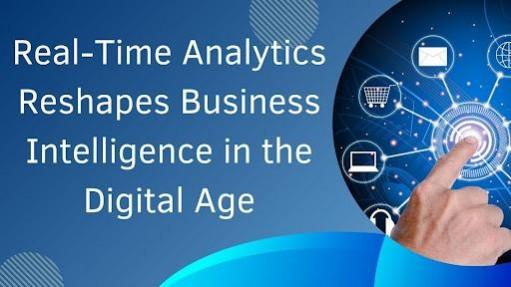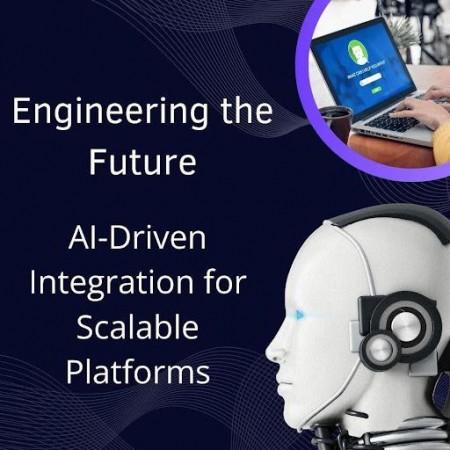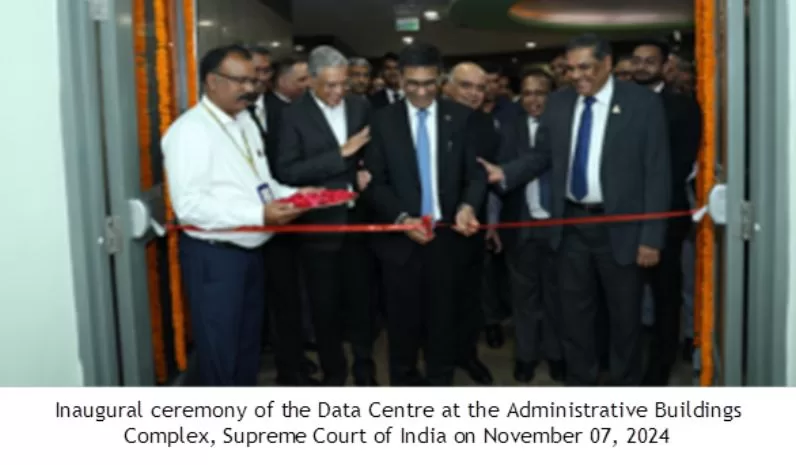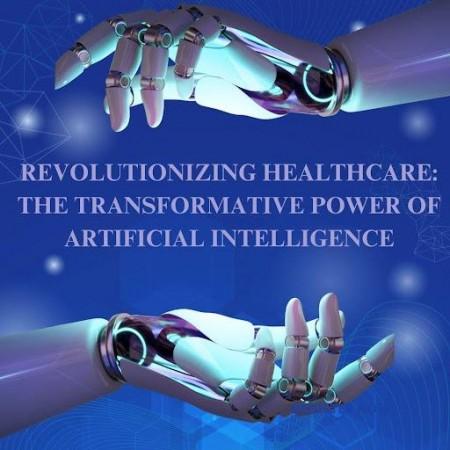
Deepak Venkatachalam is a distinguished Senior Data Engineer with over 17 years of experience in data engineering, AI/ML, and business intelligence across industries including pharmacy benefit management, retail, and supply chain. His career demonstrates expertise in cloud migration, advanced analytics, and scalable data solutions, making him a highly influential figure in driving innovation and efficiency in data-centric enterprises.
Mastering Data Engineering and Cloud Solutions
Deepak’s career highlights a robust understanding of data integration, cloud platforms, and advanced analytics. At a major healthcare provider, he played a pivotal role in a comprehensive cloud migration for complex financial forecasting models, transitioning from Excel to Azure Databricks and significantly reducing processing times from two weeks to mere hours. This transformation empowered faster financial decisions, bolstered efficiency, and exemplified his expertise in migrating large data workloads seamlessly to cloud environments.
A proponent of hybrid cloud strategies, Deepak has also harnessed both Azure and Google Cloud (GCP) to enhance data accuracy in financial forecasting models, using tools such as ThoughtSpot, Tableau, and Looker for executive data visualization. His approach integrates multiple cloud platforms and data pipelines, enabling real-time insights that are integral to strategic decision-making in high-stakes sectors.
Revenue-Driven Innovation and Client Retention
Beyond his technical prowess, Deepak’s work has directly contributed to substantial revenue generation. In his current role, he led efforts that generated over $105 billion in revenue by improving client satisfaction, enhancing forecasting accuracy, and developing customized product features. His development of a custom formulary features alone brought in forty-two additional clients and $35 billion in revenue, reinforcing his reputation as a leader who understands how to leverage data solutions for competitive advantage and customer loyalty.
Leadership and Process Optimization
Deepak’s leadership extends to building and managing high-performance teams. He established a resolute operations and reporting team to provide 24/7 client support, ensuring reliable reporting services. Deepak’s team management has contributed to seamless delivery and heightened operational reliability. His work in inventory optimization, vendor benchmarking, and supply chain operations generated significant savings and improved inventory efficiency by millions of dollars, exemplifying his strategic approach to resource management.
Expertise in Business Intelligence and Data Visualization
In his role as a Senior Advisor for Front Store Analytics, Deepak developed data-driven dashboards and metrics to track inventory, merchandising, and supply chain performance. His efforts led to a $200 million inventory reduction and improvements in customer-focused inventory management, significantly impacting profitability and operational efficiency. With expertise in data visualization tools like Tableau and Looker, he provides senior leaders with actionable insights to guide strategic initiatives.
Technology Mastery and Cross-Platform Proficiency
Deepak’s technical expertise spans Azure, Google Cloud, Snowflake, Teradata, and a range of business intelligence tools. His ability to architect solutions across cloud platforms, combined with programming skills in languages such as R, Python, SQL, and advanced PL/SQL, makes him a versatile and effective engineer. With certifications in Azure, GCP, and ThoughtSpot, Deepak remains at the forefront of technological advancement, continuously learning to stay ahead in an evolving tech landscape.
Vision for Future Data Engineering
Deepak is focused on enhancing predictive analytics, AI-driven financial forecasting, and data governance within enterprise settings. He believes that leveraging AI and automation in data engineering can drive unprecedented levels of accuracy and efficiency in business intelligence. His ongoing commitment to integrating AI and cloud solutions underscores his forward-thinking approach, setting the stage for innovations that will shape the future of data engineering.
A Legacy of Excellence in Data Solutions
Deepak Venkatachalam’s career is a testament to his dedication to data innovation, strategic impact, and operational excellence. His transformative contributions to major organizations underscore his ability to balance technical proficiency with business insight. As Deepak continues to lead in data engineering, his work not only drives revenue growth but also sets a high standard for the next generation of data professionals, inspiring a future where data engineering fuels both efficiency and innovation.





